TORONTO – It’s a birthday celebration that’s out of this world. Literally.

November 20 marks 15 years since the International Space Station (ISS) was launched into low-earth orbit.
Read more: Space agencies to mark 15th anniversary of space station with worldwide tweets
The space station has been a remarkable achievement. Initially an American concept (it was proposed as Space Station Freedom by the Reagan Administration in 1988), it was clear that one country couldn’t do it on its own.
Credit: NASA/Gary Daines
(For a high-resolution image, click here.)
So over the past 15 years, the U.S, Russia, Canada, Japan, Italy, France and 15 nations in all have contributed to its construction. More than 69 countries have put research into space.
But the ISS couldn’t have been done without one essential tool: the Canadarm.
The Canadarm was initially constructed for the space shuttle missions. But it was obvious that if we wanted to construct a space station, we’d have to do it one very large piece at a time.
Canadarm2 was designed and built for the Canadian Space Agency by MDA out of Brampton, Ontario. The arm, along with Dextre, a two-armed robotic arm that sits along a mobile base, was designed to put together the various parts of the station, able to do the work that men and women were unable to.
Obviously, the ISS is a marvel of technology. But more importantly, the ISS shows the benefits of international co-operation.
The results of international co-operation can be seen in innovative technologies that began as research aboard the ISS, including benefits to human health, space exploration and life on Earth.



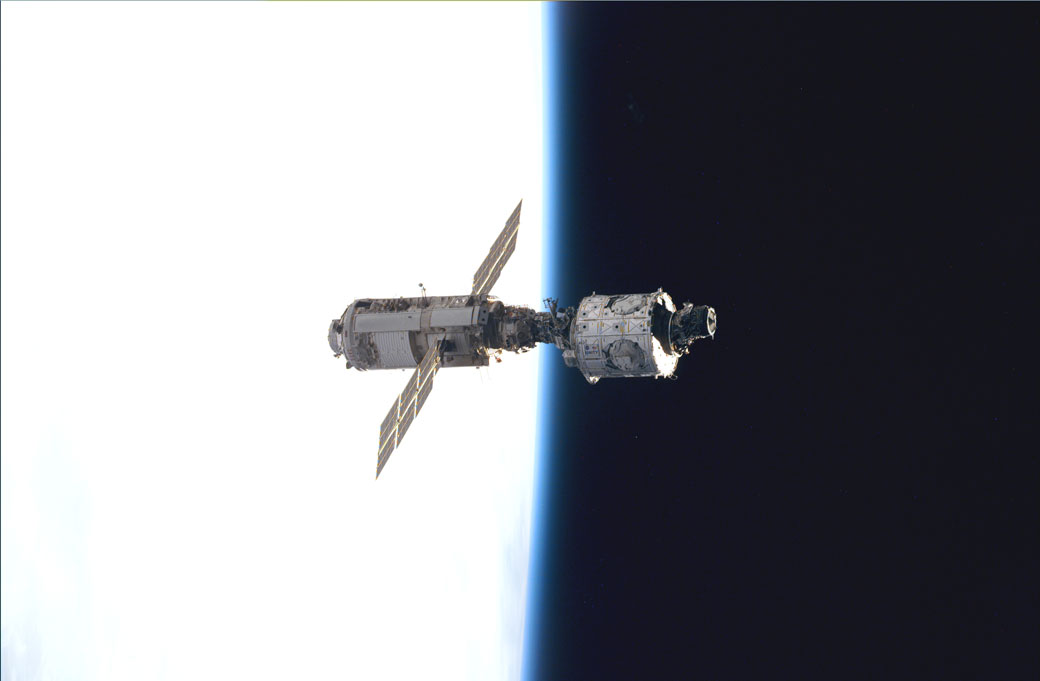











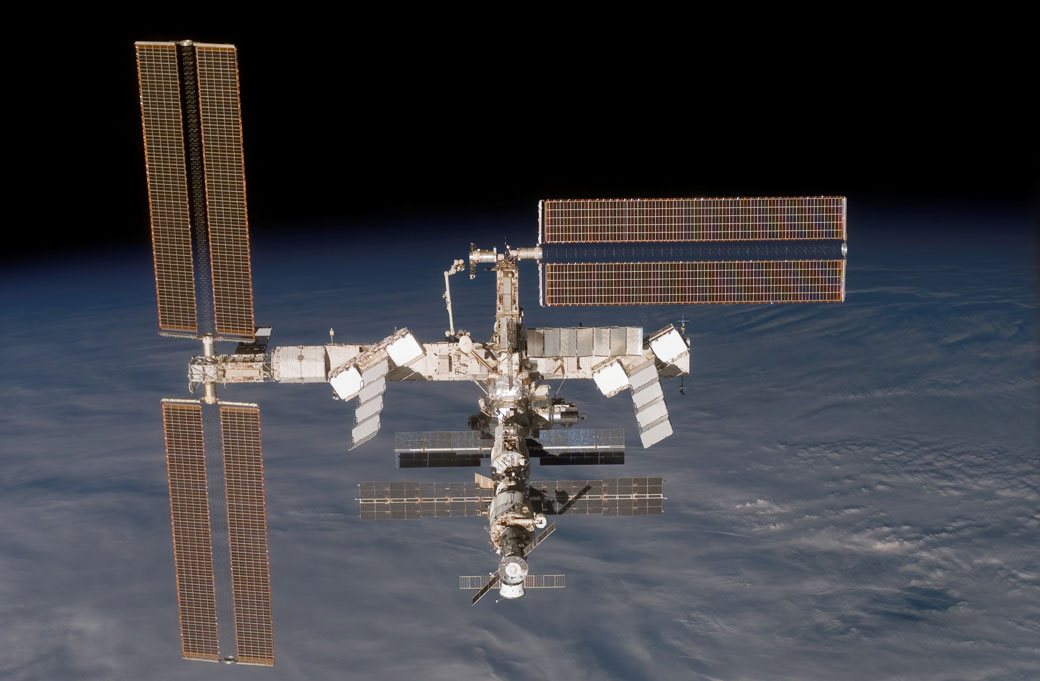



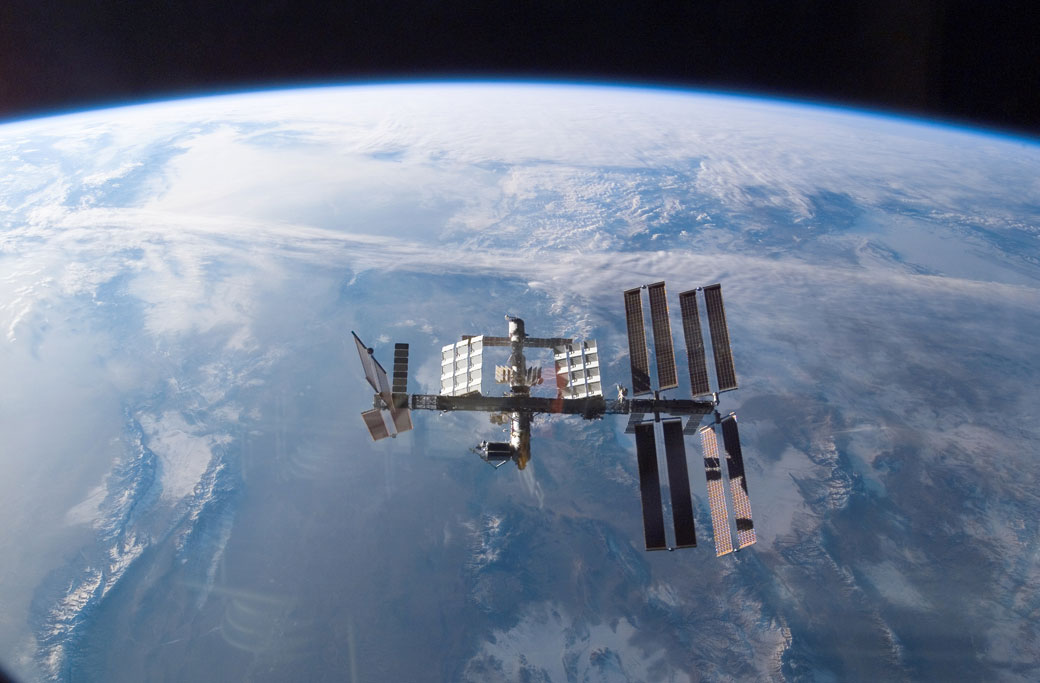

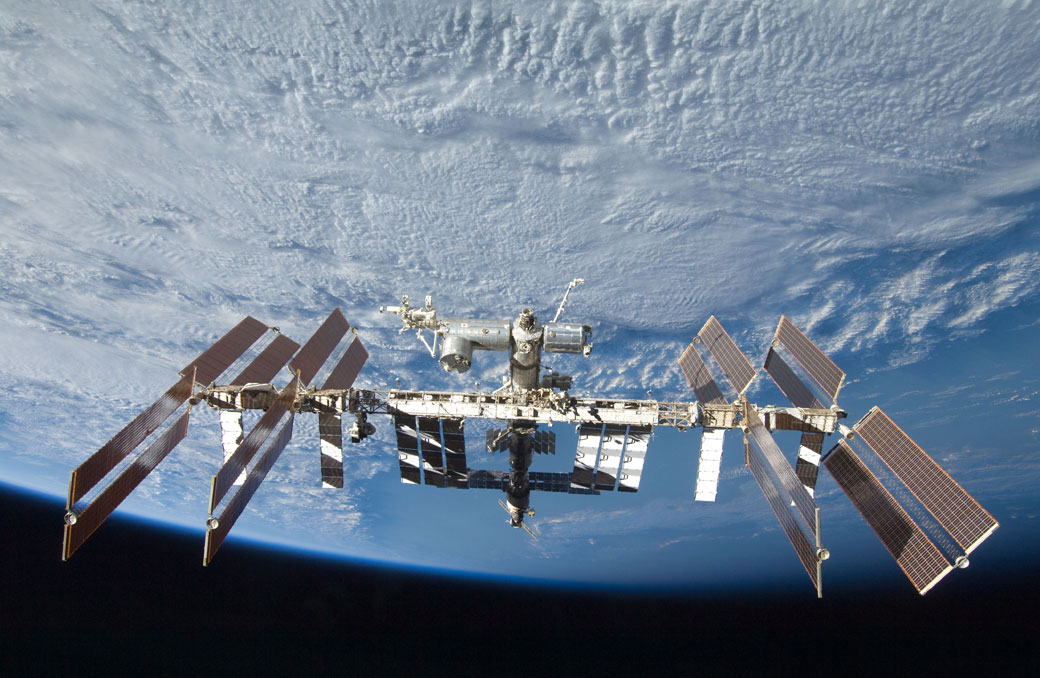

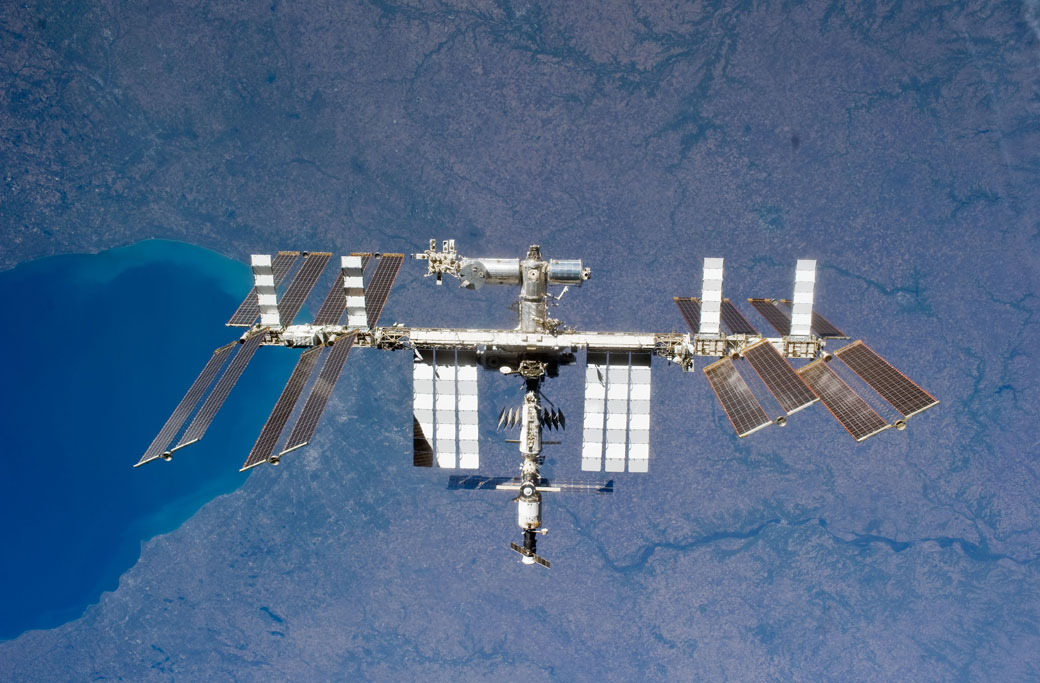



Comments